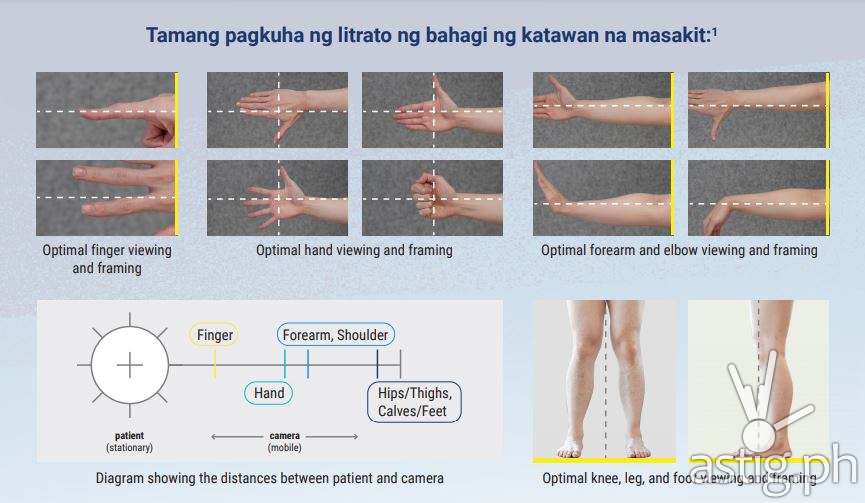This pandemic caused by CoVid19 has introduced to us new and adaptable ways to cope and adjust with latest normal.
Upjohn, a Pfizer division, recently launched a new campaign to educate Filipinos on how to take charge of chronic pain, which can impact a person’s quality of life, affecting sleep and the ability to work and perform daily activities.
Common causes of chronic pain, which is pain that persists for more than three months, include low back pain and osteoarthritis.2 A 2011 study showed that in the general adult Filipino population, there was an overall prevalence of 10.4% moderate to severe chronic pain.3 Forty eight percent (48%) of sufferers were affected to such an extent that they were unable to carry out daily routine work.
“Pain should not get in the way of life. This is what we want patients to take away from our ‘Keep Moving: Take Charge of Chronic Pain’ campaign,” explains Upjohn Philippines General Manager Melissa Comia. Conversation on pain is also timely, with October 12 being World Arthritis Day, and the week of October 12 to 20 as Bone and Joint Action
The online presscon was hosted by in demand host Paolo Abrera who also had concerns on muscle joint pains.
The “Keep Moving” campaign involves a series of webinars for patients and doctors with the aim to enhance their knowledge about pain management and the use of telemedicine for chronic pain assessment. The campaign kicked off with a press conference on how patients can make their pain teleconsultation more seamless and effective as well as different lifestyle changes they can do at home to help manage their pain.
One of the speakers at the event, Dr. Iris Thiele Isip-Tan, Chief of the University of the Philippines (UP) Medical Informatics Unit, opened the discussion with a walkthrough on pain teleconsultation – how to prepare and set up for the televisit, how to take good photos of painful body parts for doctors to assess, and how to effectively describe the pain to your doctor.
Dr. Isip-Tan, whose research interests include mobile health and consumer health informatics, said, “While face-to-face consultation remains the gold standard for clinical care4, teleconsultation is an alternative tool for patients to connect with their doctors. Learning how to properly and effectively use telemedicine for consultations will allow patients to get the most out of their virtual visit with the doctor.”
With many Filipinos staying at and working from home since March, managing pain at home is also important, a reminder from rheumatologist Dr. Lisa Traboco. “Equipping patients with knowledge about chronic pain is key to effectively managing their pain.” In her presentation, Dr. Traboco addressed the common misconceptions on pain and how common types of chronic pain manifest in the body. “There are some people who, when experiencing pain in their joints, describe it under a general term of rayuma. That’s why it’s essential that a doctor assess the patient to determine what kind of pain the patient is experiencing.”
Dr. Traboco also shared some lifestyle modifications that chronic pain patients can do indoors. It is generally advisable for adults to have 90 to 150 minutes of physical activity every week5,7, though this will depend on your condition and the recommendation of your doctor. For Filipinos working from home, check sitting posture and try to stand intermittently while working5. In terms of diet, aim for variety, reduce simple sugars, and cut back on salt6. Remember to consult your doctor before starting an exercise or diet program.
I was also able
Ending the program, Comia added, “Chronic pain should not be ignored or tolerated. Don’t let it put a limit to how you move and how you live – seek medical help and take personal steps to help manage the pain.”
“Keep moving by taking charge of chronic pain.” And take very much good care of your health!

